
On November 17th, 2019, my family and I began our annual trip by heading to Shanghai Railway Station. We took the overnight D705 train from Beijing Railway Station at 21:21. The train was clean and non-smoking, allowing us to have a good night’s sleep and arrive at Shanghai Railway Station at 9:21 - exactly 12 hours later!
We chose to stay at the Hongkou Kingtown Hotel in Shanghai, which was only two stops away from Shanghai Railway Station on metro Line 3. After checking in and dropping off our bags, we immediately set out to explore the surrounding area. Duolun Road and Luxun Park were nearby.
Duolun Road is a famous pedestrian street for tourism and commerce that reached its golden age in the 1920s and 1930s when many writers and social elites lived there. At the end of the 20th century, it became a pedestrian street due to its cultural influence and commercial potential. Duolun Road is a historic road that witnessed the modernization of Shanghai.
Luxun Park is named after the renowned writer Luxun who lived in Shanghai for 10 years and features an exhibition hall dedicated to him.
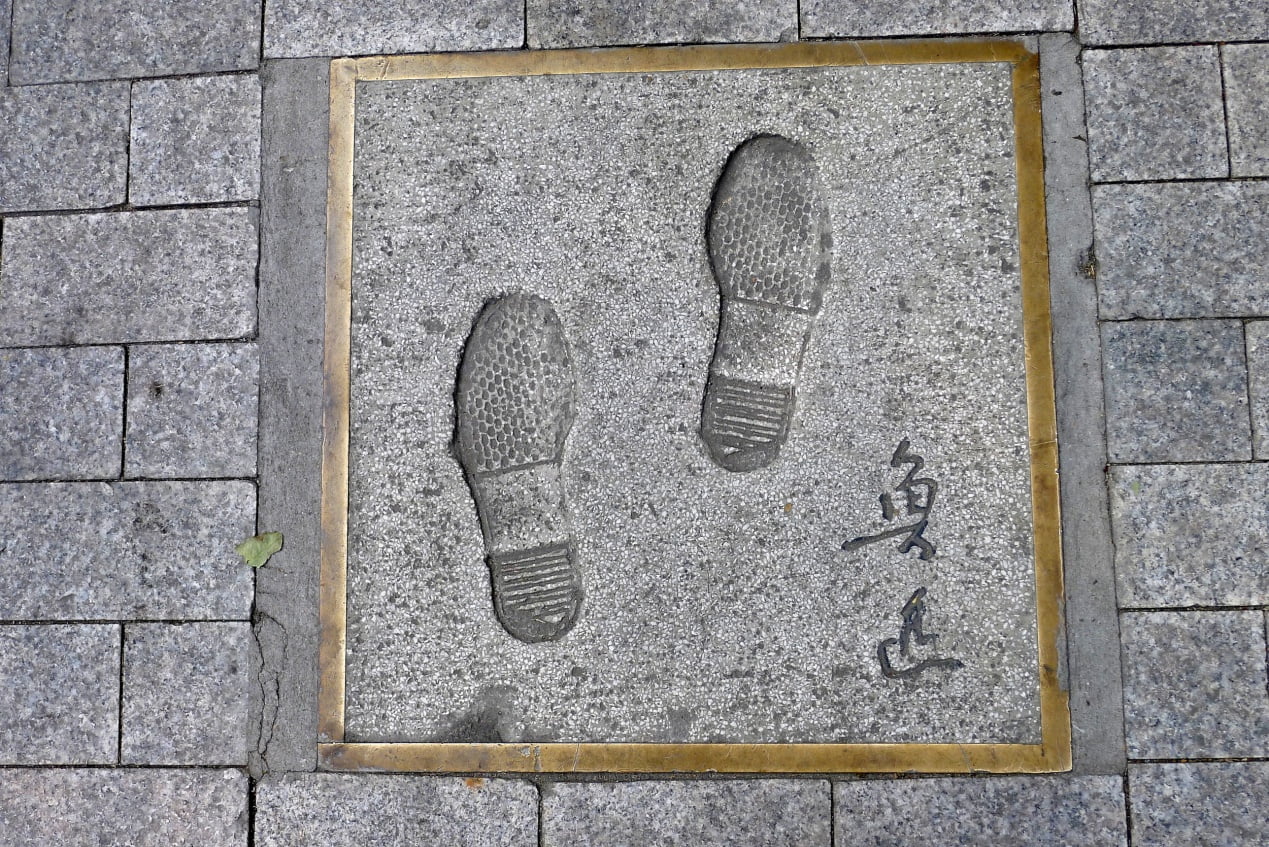
The next day, we visited Yu Garden and the nearby bazaar. Yu Garden, located in the southern part of Shanghai, is a famous classical garden that showcases the architectural style of the Ming Dynasty. Yuyuan Bazaar is a great place to see traditional Chinese handcrafts and do some tourist shopping. Lvbolang (绿波廊) is a time-honored restaurant in the area where you can try some typical Shanghai cuisine. In the afternoon, we relaxed by wandering down East Nanjing Road before heading to the Bund for the evening.
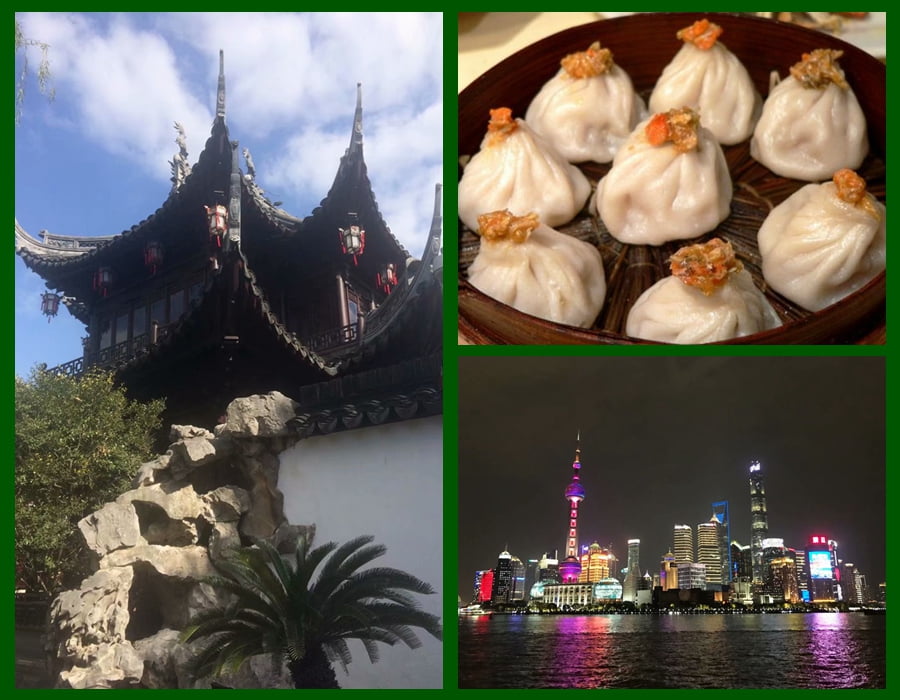
On the 19th, we took a Jewish tour as we were very interested in that part of Shanghai’s history. The tour included visits to Huoshan Park, Baima Café, and the Jewish Refugees Museum. It was a heavy but informative day.

The next day, we spent our time exploring the Lujiazui area, which is the central business district of Shanghai and home to many skyscrapers.
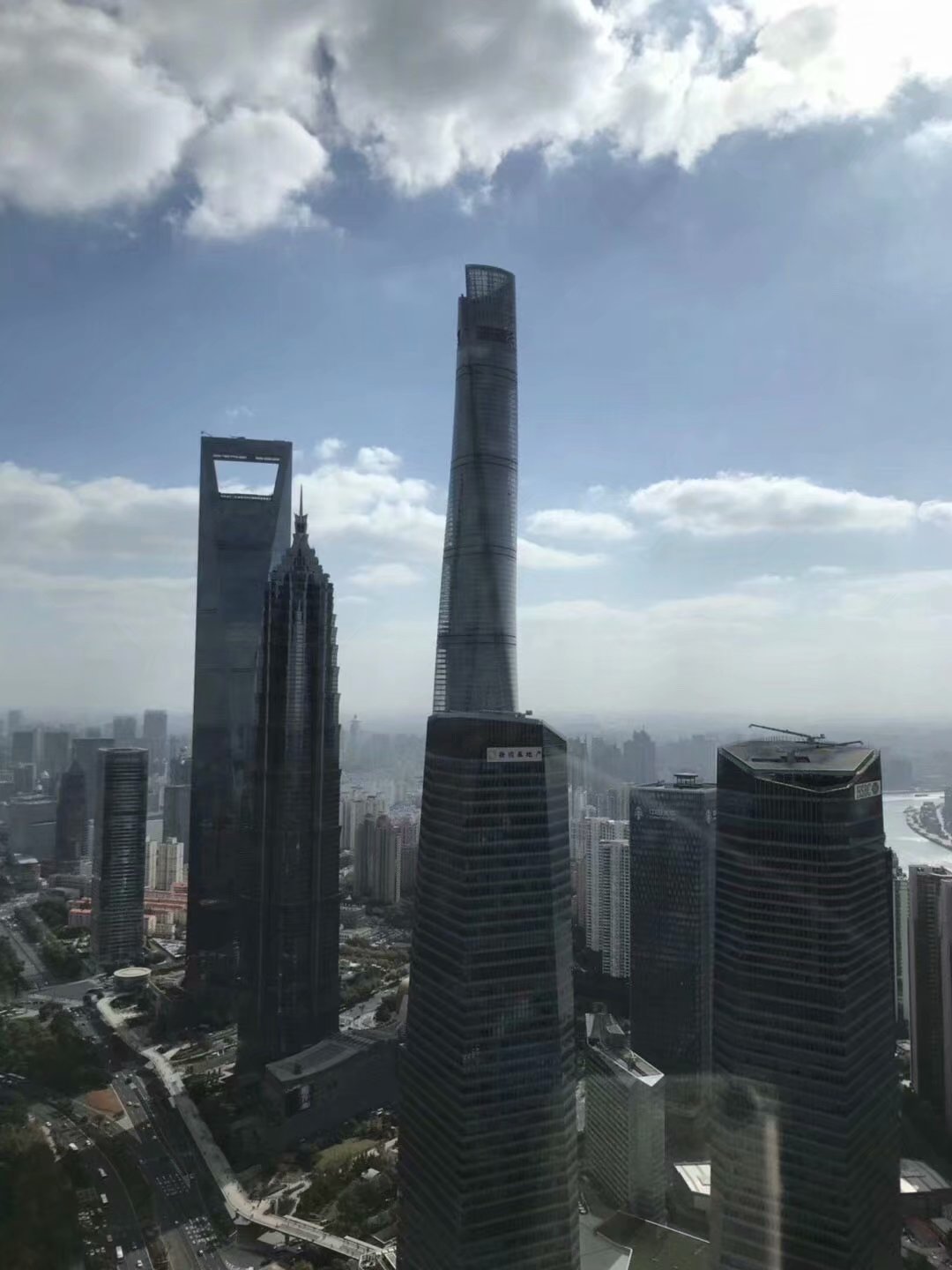
On the 21st, we dedicated our day to visiting museums. We went to the Urban Planning Center of Shanghai and the Propaganda Poster Art Center.
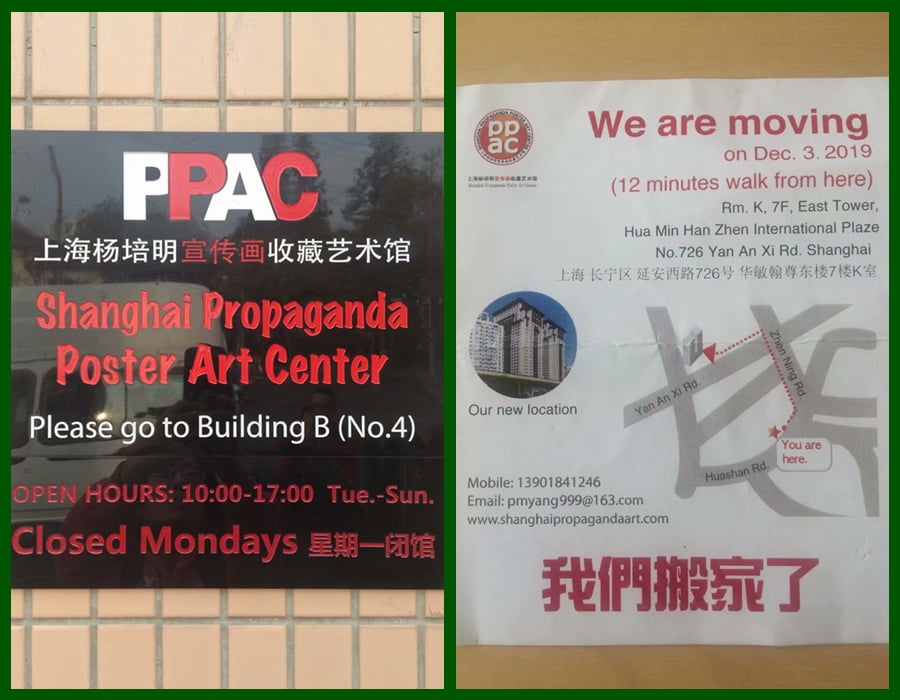
On our last day in the Shanghai area, we checked out of our hotel and headed to Zhujiajiao, a water town in Qingpu District. Entry to the town is free for tourists, although some places inside do charge fees. For example, if you want to visit Kezhi Garden, the Great Qing Post Office, or Yuan Jin Buddhist Temple. From Zhujiajiao, we continued on to Suzhou.

On the 23rd, we spent the day in Suzhou, one of my favorite cities in China. Known as the Venice of the East for its network of canals, Suzhou is a truly beautiful city. It is home to about 150 landscaped gardens, some of which are over 1,000 years old. These gardens may not be large, but their designs are intriguing and bring together the beauty of nature, architecture, and painting. In the morning, we visited Zhuozheng Garden and Shizilin Garden. After lunch, we made a stop at Huqiu and Shantang Street.
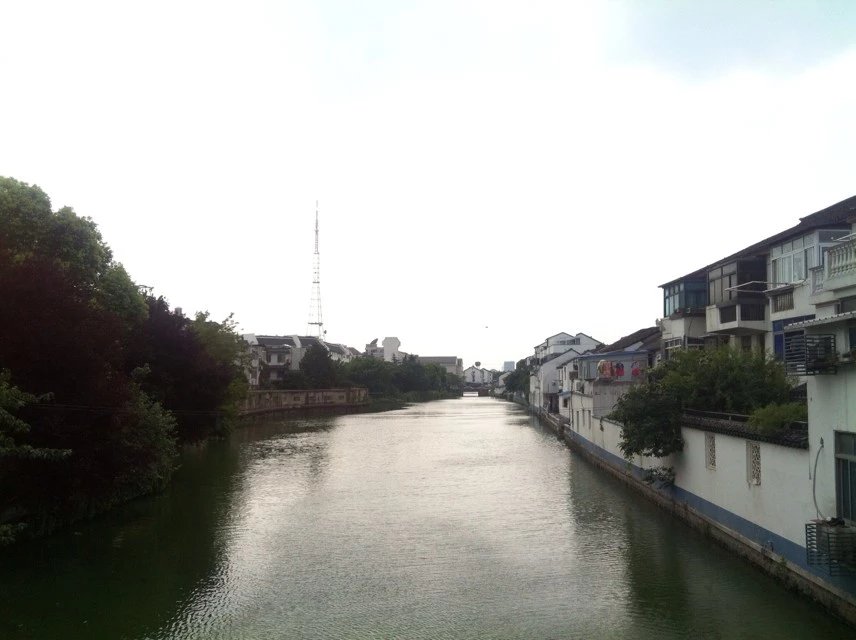
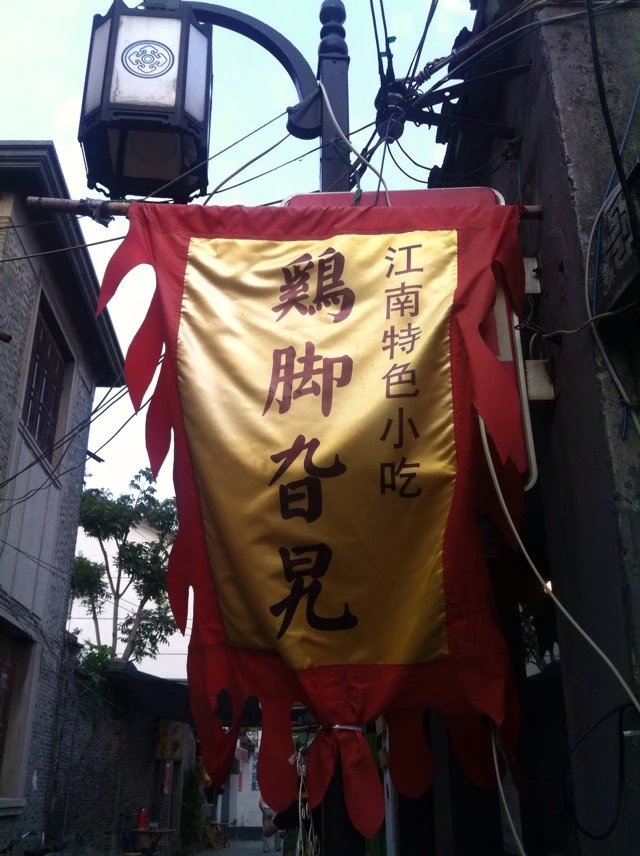
On the 24th, we took a high speed train to Nanjing, the capital city of Jiangsu Province. My sister, who lives there, treated us to a lot of delicious food, including sweet soup balls which you can see in the picture below.
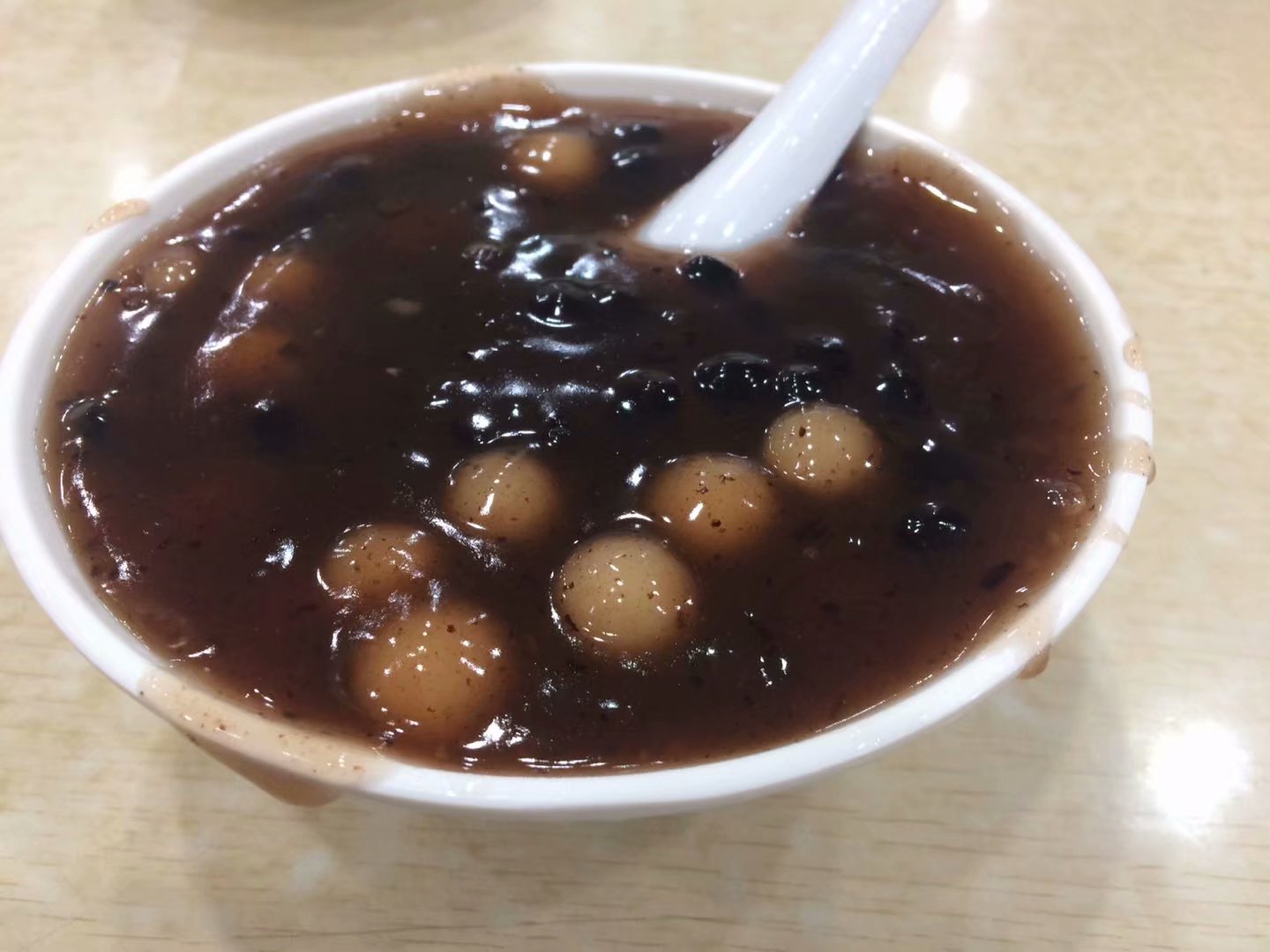
For almost 2,000 years, Nanjing - known as “China’s Southern Capital” - has played a significant role in Chinese history. It served as the nation’s capital during the Six Dynasties (220-589 AD) and the Southern Song Dynasty (1127-1279 AD). In 1368, Zhu Yuanzhang established the Ming Dynasty and made Nanjing the capital for almost two decades.
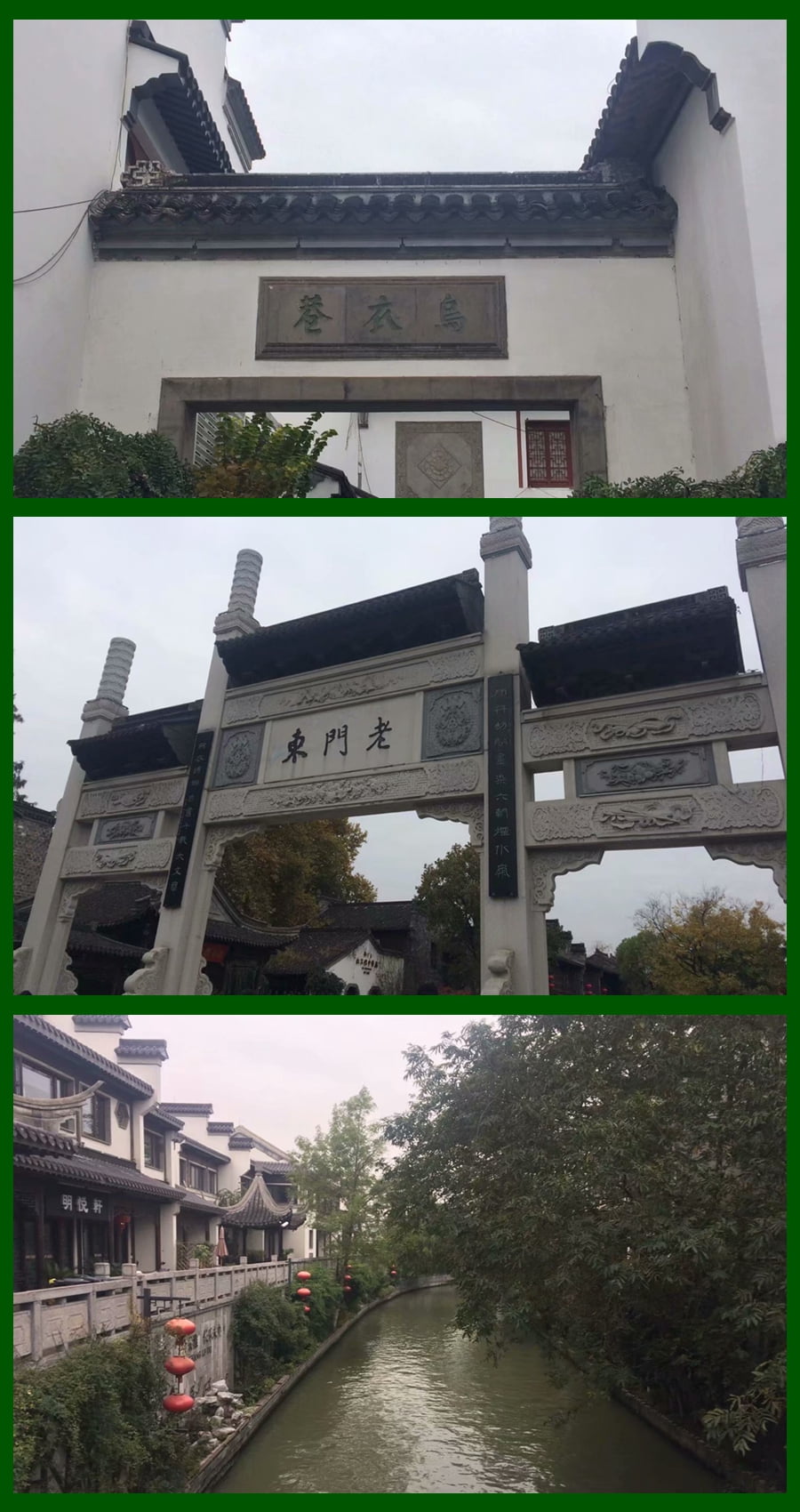
This was a wonderful trip for our family. We discovered the diversity of these cities and enjoyed the good weather and time spent together.
By Sophia Sun – Charmission Travel
